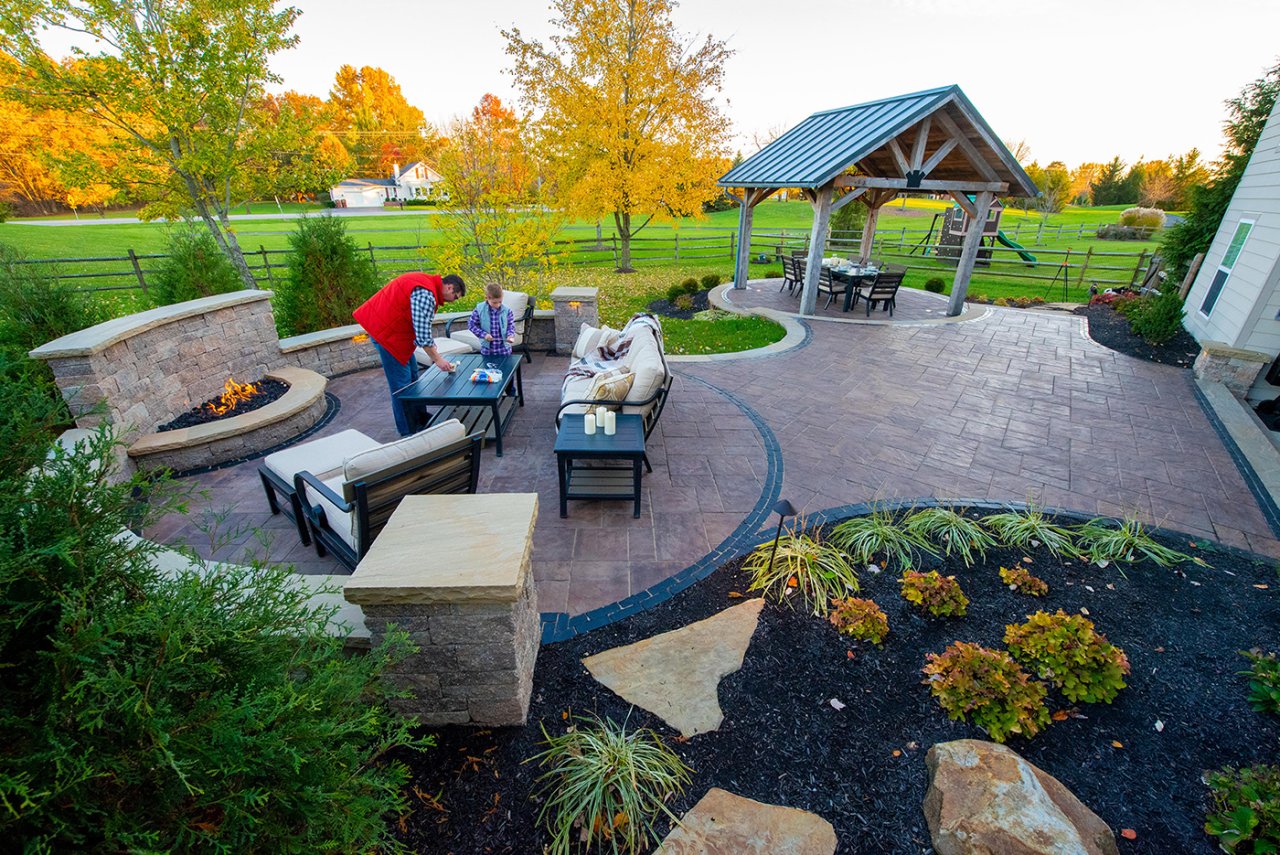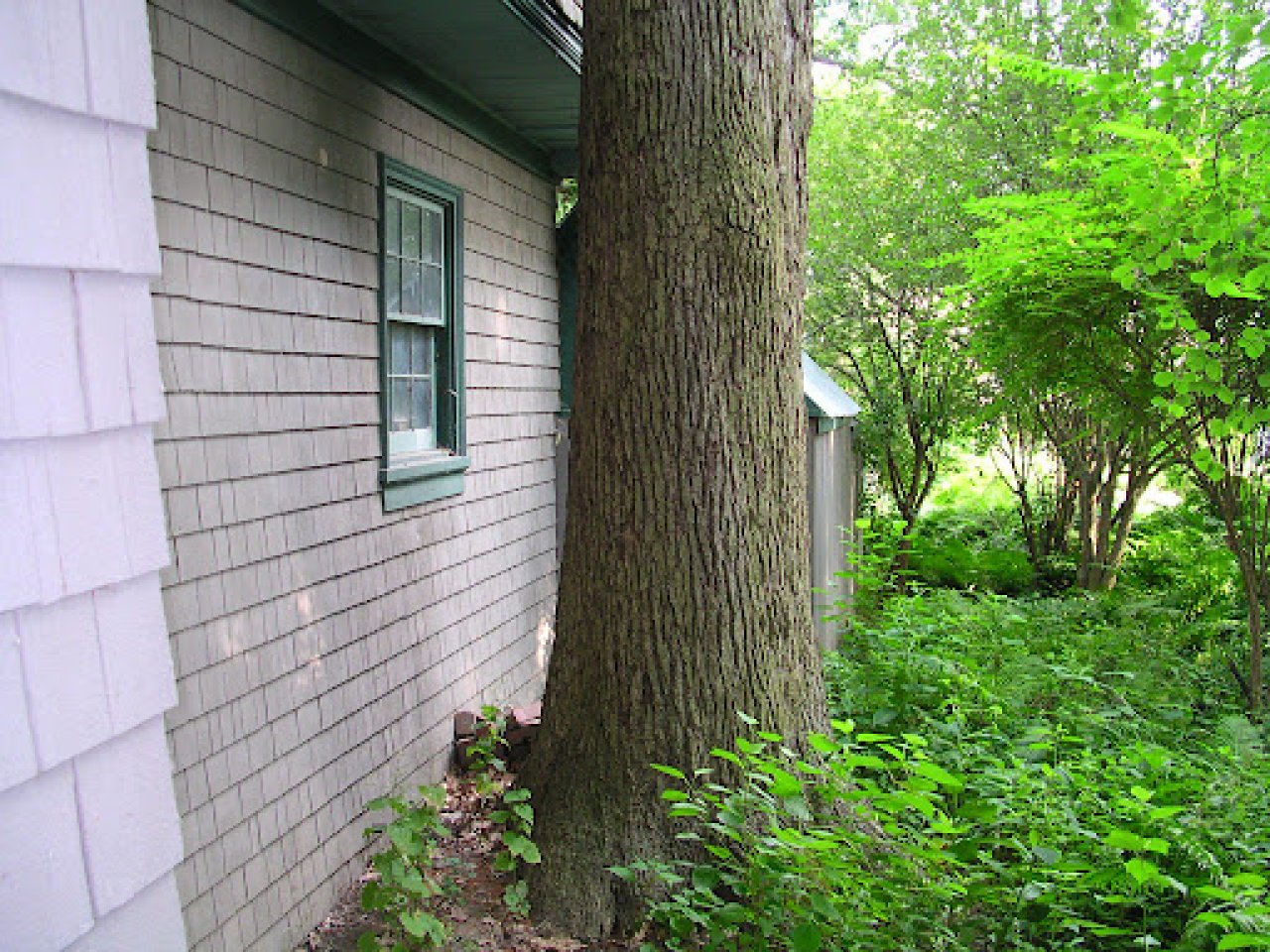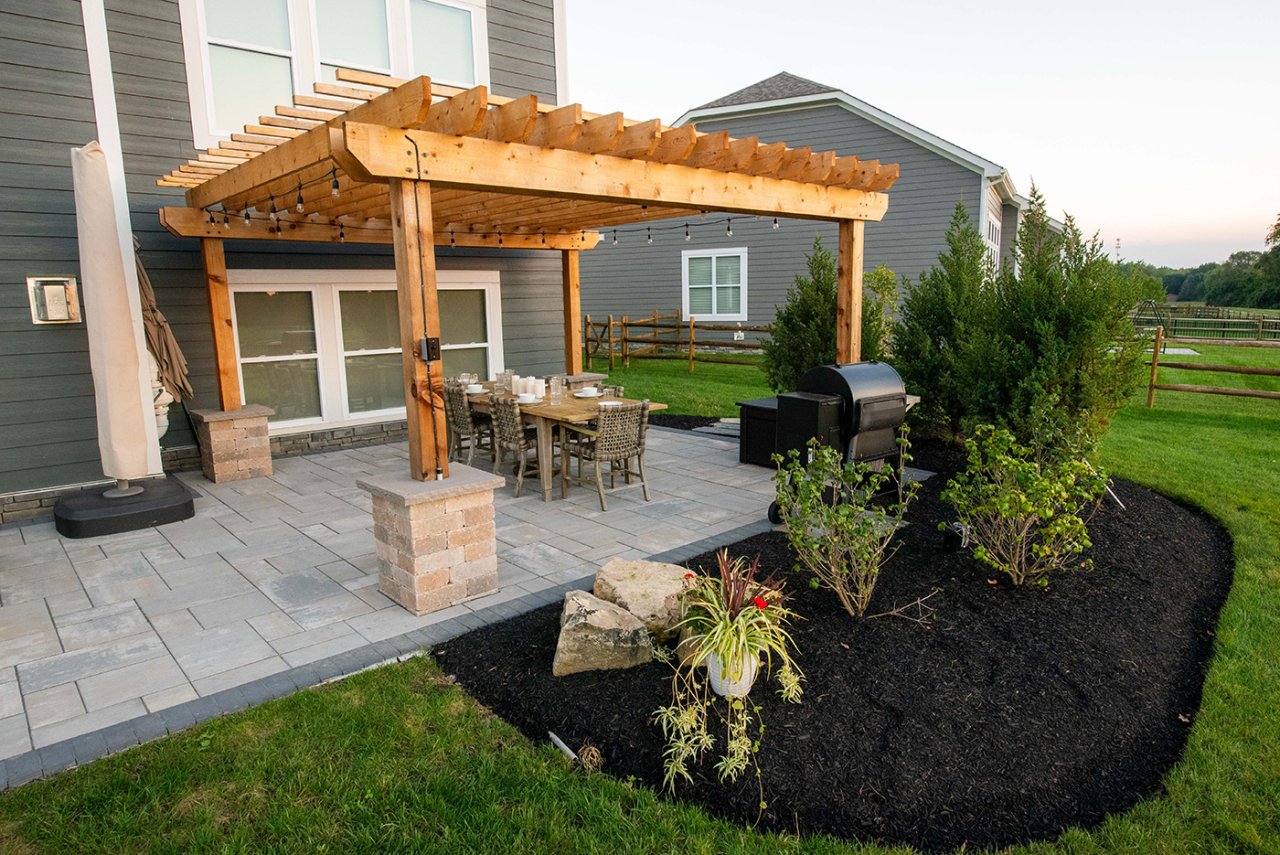
Red Flags in Landscaping when Purchasing a New Home

So, you bought a new house or you're in the process of building....
What are some red flags that your landscaping will need attention or what should you consider when starting from scratch?
1. Consider the future size of the plants/trees - Look out for trees that have been planted too close or have little depth around the house. Large plants around your home can overcrowd the area and cause damage to your siding. Further, the root system can also play a factor in foundation issues and tripping hazards around your yard.
2. Take into account their outer appearance- The health of any large trees around the home should be considered, a dead or dying tree poses a huge risk to your new home, so you need to know if you have one on your hands ASAP.
3. Ensure there is proper drainage and grading- If the slope of the yard goes towards the house, you will need to further assess how water is drained away from the property or look into having the yard re-graded. If constructing a new build, ensure that your yard slopes away from the house.
4. Check for disconnect between the house and the yard- Your yard should complement your homes exterior, a lack of plants, trees, or structures can lead to an unattractive home. On the other side, overgrown and invasive plants may need to be professionally pruned or removed completely.
5. Lack of defining areas- There is a lack of definition to the front door creating confusion on where to park, walk, or enter the home.
6. Missing private or outdoor seating space- Check to see if there is a concrete or paver patio around the home. Inspect the surface for cracks, uneven surfaces or weeds growing between the pavers as these are signs that work will need to be done.
7. Leaning, bulging, caving, sagging or material damage with retaining walls- Keep your eye out for these common issues before it's too late and it's nearly collapsing. If you purchase a home with a retaining wall, check on it in the spring and after heavy rains. Keeping an eye out for issues that develop early on gives you more time to come up with a replacement plan and budget if the project is going to be large.





